‘This isn’t a ballot, it’s a fix.’ – This article is the second part of two posts on how to resist manipulative resident consultation tactics with the help of art.
Besides the blatant promotion of a YES vote, estate regeneration consultation tool kits often include a whole set of other powerful manipulation techniques aimed at influencing residents’ opinions. These include distorting, decontextualising, misrepresenting or withholding vital information about the estate’s current or proposed social and economic condition as well as overloading residents with reams of meaningless infographics testifying their ‘engagement’ that are intended to create a fictional image of consensus.
To resist these manipulations, it is important to understand some of the basic tricks to look out for and to find ways to produce, represent and disseminate counter evidence. The list is long but for the purpose of this article I will focus on two key vehicles: culture, statistics and withholding of key information.
As in the previous article, in order to demonstrate how the manufacturing of resident consent is constructed, publicised, and paid for I will be looking at the recent resident consultation at St Raphaels Estate in Brent that took place between 2018 and 2021.

Culture: hire a popular local figure to promote the regeneration message
Right at the start of the consultation process, Brent spent £10,000 (my FOI from 2020) on commissioning George the Poet to produce a video called My Neighbourhood (St Raphael’s’ Estate).
Brent’s choice to ask spoken word poet George, who is a former resident of St Raph’s and widely known for speaking up against social injustice, was an incredibly sophisticated PR move. George’s video was not only engaging but guaranteed to win the residents’ unreserved trust as they were made to feel that they were represented by ‘one of their own’.
The video shows George wandering around bleak looking parts of the estate, describing the two options (infill/redevelopment) in an apparently neutral tone. The video also features several awkward clips of Brent Councillor Eleanor Southwood and two of the architects KCA’s employees giving their opinion on the redevelopment process.
Cllr Southwood’s statement “full redevelopment would allow … to design out crime” leaves no doubt about the council’s preferred option while the architects’ claim that they ‘were appointed because the council is really keen on getting this right’ clearly affirms their allegiance with the council.
The video ends with the message “We all need to work together to get the best result for us and future generations“, thus asserting the importance of the residents engaging with the council’s consultation process and implying that they are equal partners in this work.
One viewer of the video aptly commented on the YouTube site:
“Your message wasn’t clear to me! All I see and hear is an ad for Brent Council. If you can say you’re from St Raphaels with your chest- then say no to infill and knocking down the areas to build their fancy new homes. They will kick you out!!!”
George later headlined the L.O.U.D music event at Brent civic centre in February 2020. The cost of the evening itself came to £2.400 while a staggering total of £42K was spent on hiring four youth event planners, a photographer and film maker, a community engagement intern and an apprentice in the run up and the planning of the event (according to my FOI requests).
The event was a blatant celebration of Brent’s ‘fantastic’ engagement with the residents including young people who were ‘urged to have their say on the estate’s future’ (according to Brent council’s documentation on their website). There was of course not one actual opinion on the proposed options or the councils engagement voiced or discussed at the event.
The promotional video documenting the event on Brent’s website used statements by young residents such as “knife crime has kinda gone up” as yet another opportunity to paint a negative picture of the estate.
Statistics: non representative sample and biased questions
Councils reports, filled with bureaucratically obtained and professionally filtered information use ‘unadorned’ language and statistical information presented in slick infographics as the undisputable account of social and physical reality that forms the supposedly apolitical basis of decision making affecting large numbers of people’s lives.
Whilst statistical data and infographic representations are ostensibly designed to make complex social, spatial and economic data comprehensible to the lay person, in the context of resident consultations such as at St Raph’s they ultimately serve as a tool to push the council’s political and economic agenda.
The deliberate decontextualization and mis-representation of information are some of the most common techniques used to create seemingly objective representations that serve to justify the establishments’ political agenda.
The deliberately anti-rhetoric aesthetic of data visualisation not only denies their selective and therefor political nature but also reinforces the market driven rationale of regeneration practices in the UK today, where economic argumentation has long replaced ethical considerations.
The main purpose of the meticulously representing resident ‘engagement’ in statistics, pie and bar charts, photographic and video documentation is to produce evidence of a ‘meaningful’ and ‘transparent’ resident engagement to fulfil the statutory requirement of the balloting process. These representations of course also served to create a supposedly ‘neutral’ picture of the estate and its residents.

The fact that only a small proportion of residents engaged in any of these events and that many of the people attending were part of the non-elected residents board (SRV) remains secret. In the example below, 23 peoples’ responses to the question ‘what do you like least about the estate?’ can hardly be taken as a representative sample of the nearly 2000 residents on the estate. And yet, the architects commissioned to produce the visual representation of the data chose to present them as if they constituted a meaningful reflection of people’s opinion, thereby successfully fabricating an identity for an imagined ‘community’ of residents.
The two infographics below chart the residents’ perception of their estate produced by engagement specialists Your Shout (with the total input of 116 residents). The charts show a total of 10 negative icons versus only 6 positive icons, inferring that negative aspects outnumber the positive in the residents perception.
Above: St. Raphaels Estate – Housing Options Appraisal, Brent Council, September 2018, p.8
The report then goes on to provide statistical evidence that the most liked aspects about the estate according to the residents (community, greenspace, and transport) are in fact some of the estate’s most marked deficits by demonstrating a problematic increase in crime and anti-social behaviour, a lack of good quality greenspace and insufficient transport connections.
The report then goes on to state that ‘the design and nature of the estate is likely to be a contributing factor in these crimes’. Coupled with Cllr Southwoods statement in George’s video (“full redevelopment offers the opportunity to design out crime“), there is little remaining doubt about the councils preferred redevelopment option.
Other examples include the blatant decontextualization of statistics on deprivation including crime and child poverty, with Brent’s Housing Options Appraisal where the council compared the 38% of children living in poverty on the estate to the 19% across the whole of England, deliberately omitting the more relevant (and favourable) comparison to the figures of 37% of children living in poverty across London and 36.84% in Brent in 2018.
To the untrained reader this skewed comparison of course paints a very negative yet supposedly ‘factual’ picture of the estate. In the context of the lack of funding for residents to get their own advice the power of such misrepresentations cannot be underestimated.
Withholding of key information
The withholding of key information is another technique that has been widely observed at consultation processes.
At St Raphael’s estate the so-called independent advisers never disclosed the actual figures of rent increases resulting from in the full redevelopment of the estate to the tenants. Instead, the vague and outright meaningless statement that ‘rent levels will be kept as close to current levels as possible’ was repeated throughout the process and included as answer in the FAQ section on Brent’s website. It was down to ASH to make St Raph’s residents aware of the actual expected increases in their presentation.
The above represents only a small sample of manipulative representations observed during Brent’s consultation process at St Raph’s.
How to resist manipulative resident consultation tactics with the help of art
There are some useful resources out there that can help residents fight unjust consultations including the website Estate Watch that offers a set of resources for residents facing regeneration ballots and ASH’s video The Costs of Estate Regeneration.
The above provide valuable information through the medium of text aided by basic infographics. Since the information is predominantly being presented in quite technical language (aided by the odd bar chart) these resources can arguably be quite inaccessible to the lay person.
Far from criticising the value of these resources, I seek to support them by developing additional representational techniques that can be used to make counter evidence more accessible.
Using household materials to question and physicalise some of this data through sculptures aims to make it tangible and invites a more intuitive understanding of its impact on people’s lives. As art is arguably itself quite inaccessible to large parts of the population, I have chosen to use the easily distributable format of video for the works.
- Read the previous article: Manufacturing of resident consent: the propaganda to force estate regenerations
The videos included in this article are art works created by Julika Gittner. They were used on social media as part of Community St Raph’s campaign. Each of the videos uses objects to expose an aspect of the council’s misinformation (such as rent, compensation for leaseholders or crime) as well as present the counter evidence that was generated in collaboration with ASH and the residents.


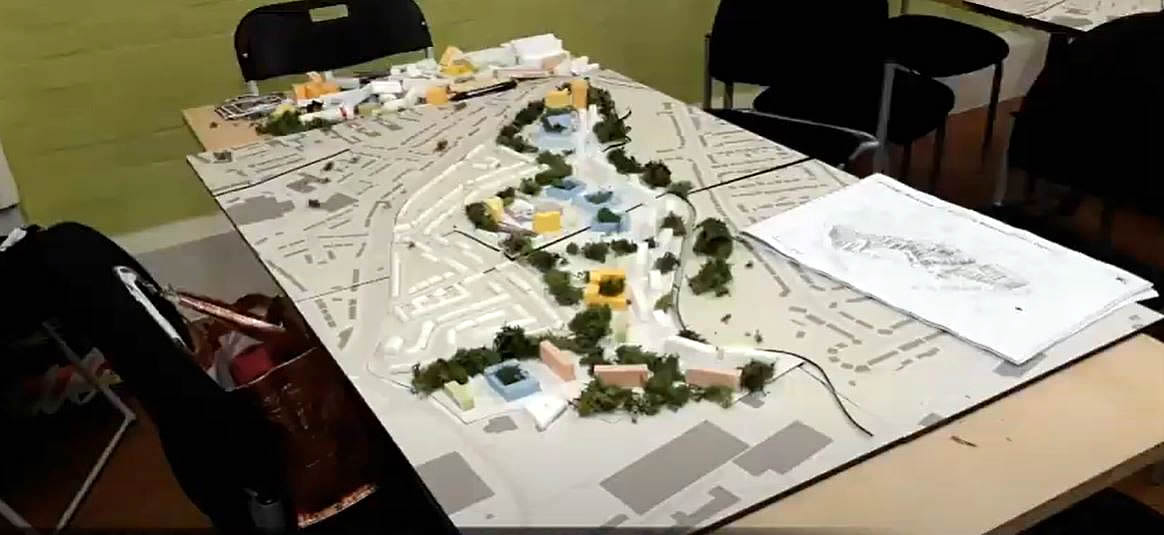
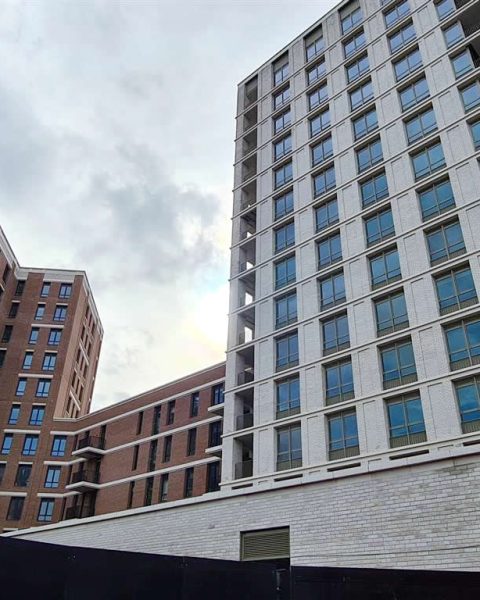
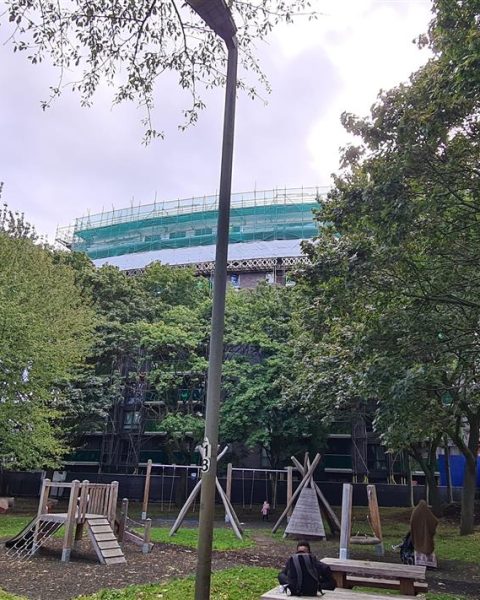
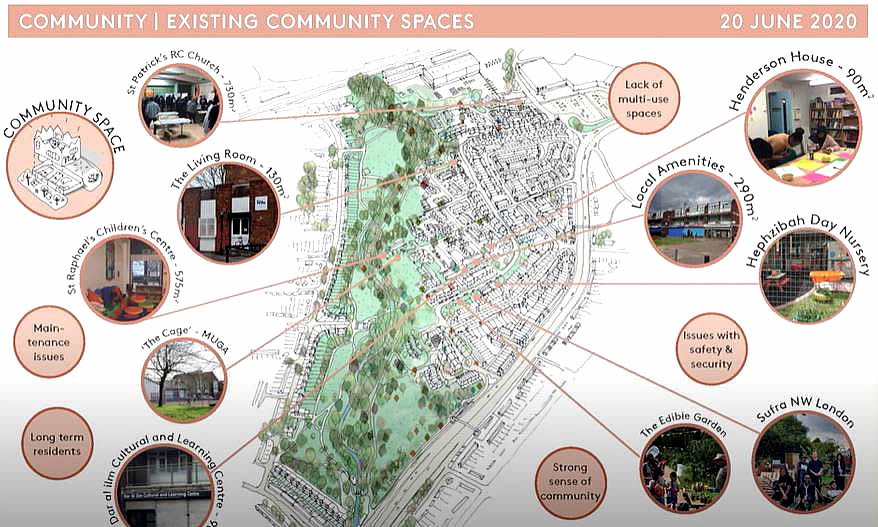
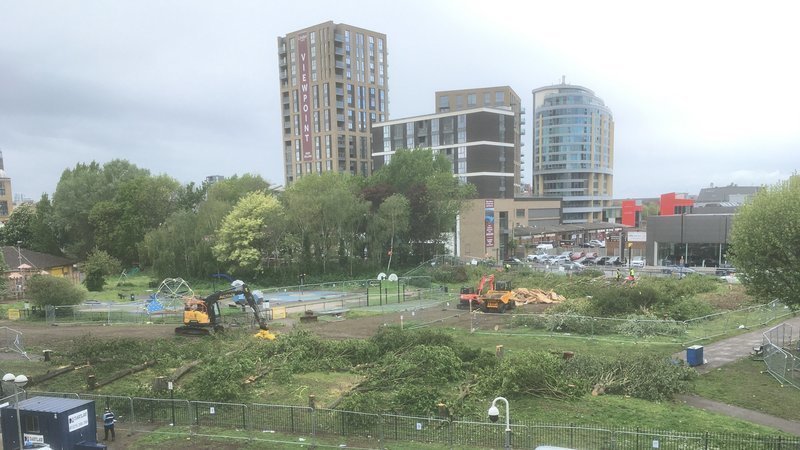
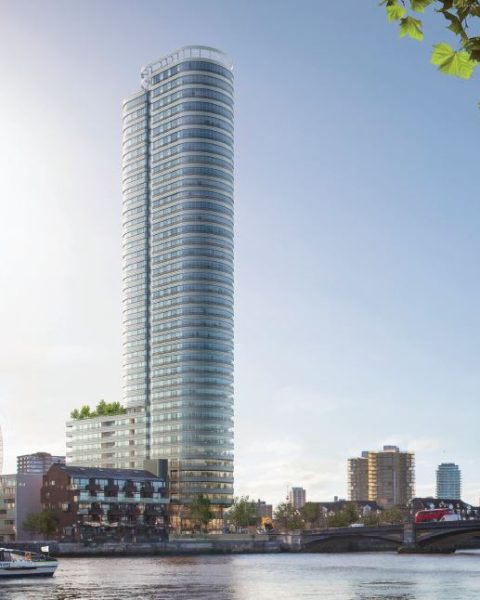
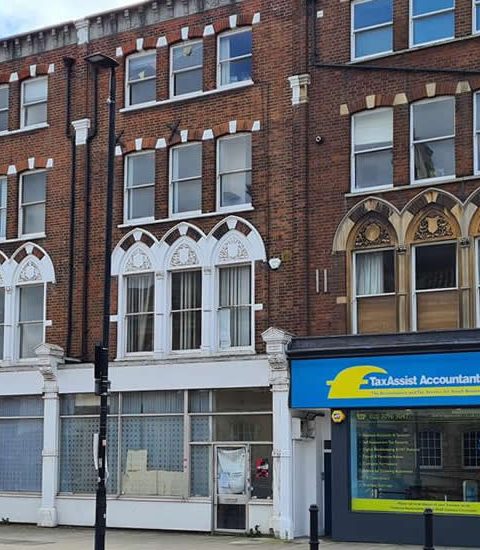
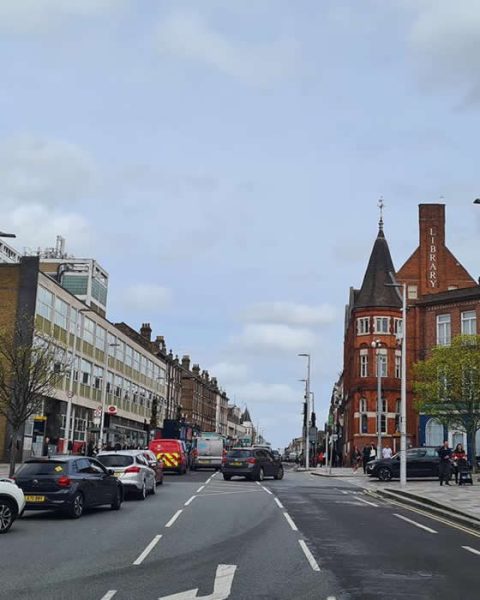
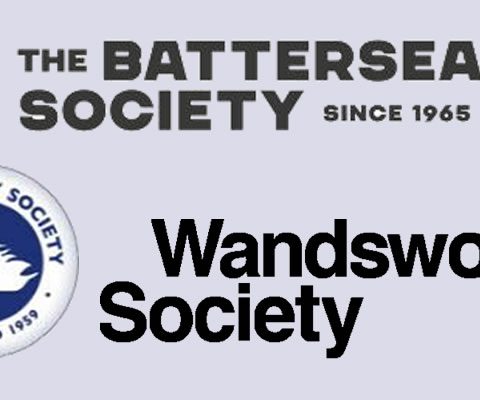
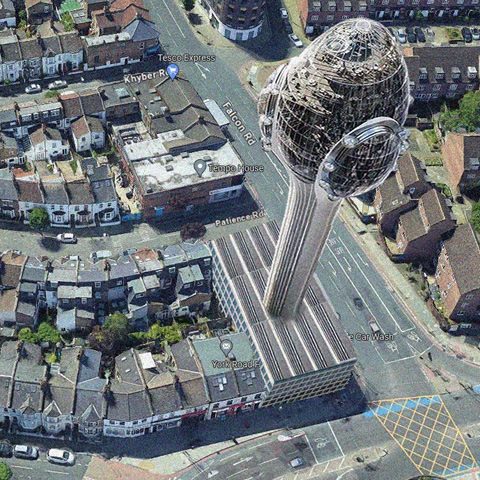
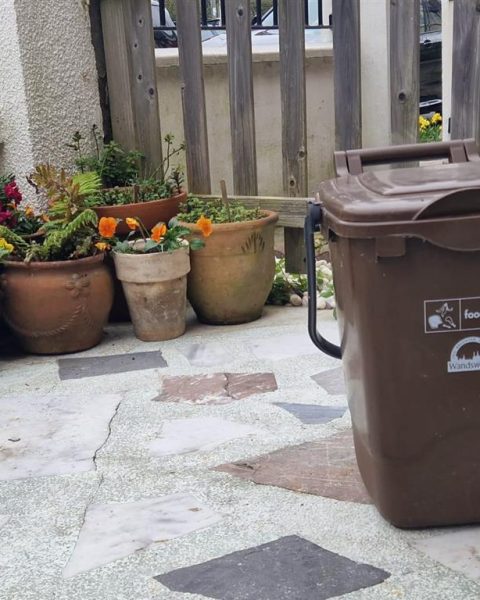
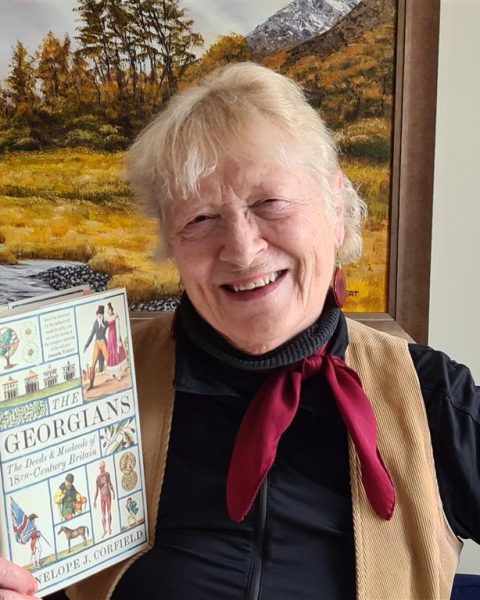
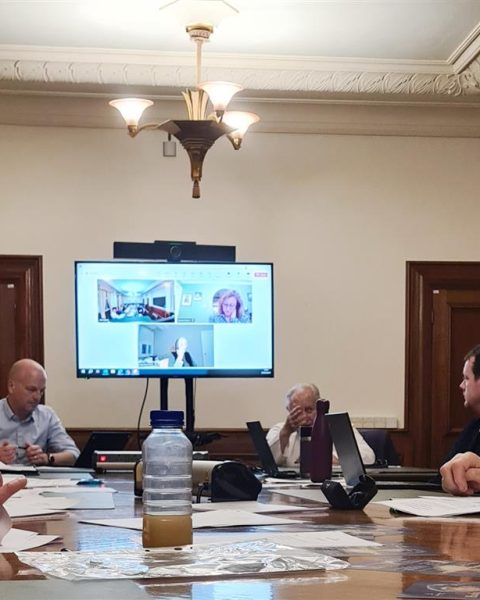
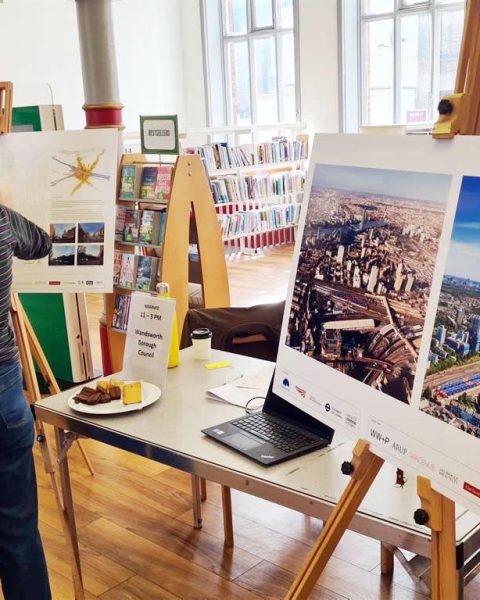
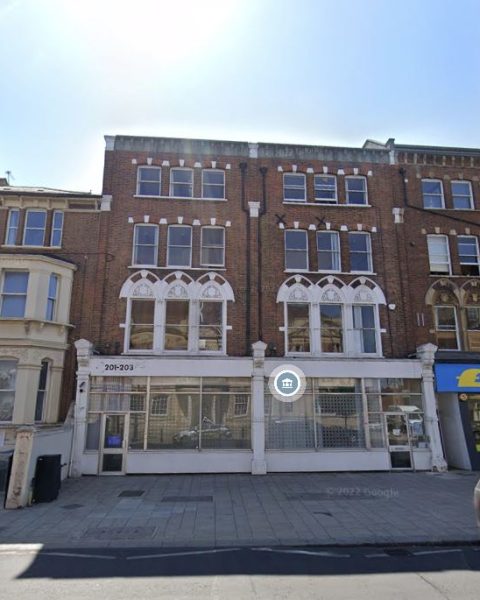


Fascinating and hugely informative articles. I don’t think that I as a local resident have said often enough how grateful I am to you for all the work you do on our behalf and all the many vitally important issues you have drawn to my attention over the years.
I only have one very minor criticism concerning these two articles – not of what you wrote, but of one of the counter measures of disseminating information that you were advocating. Although I applaud the objective of Julika Gittner’s videos (to cut through the obfuscatory nature of the information being given to the St Raphael residents), I’m not sure that they gave me the facts as clearly as they might have done. Art can be quite oblique. You rightly pointed out how the impact of words can be enhanced by visual means, and that is absolutely true – but I think words have to be aided, not replaced by objects. Julika’s video about rents relied on viewers already understanding the difference between the various kinds of rents listed, but they might not have – I didn’t. It’s a very specific quibble, but I just thought it worth mentioning. In the fight back against unthinking bureaucracy, venal councils, unscrupulous developers and general apathy, the clarity of information supplied is absolutely key.
Thank you once again for all you do.